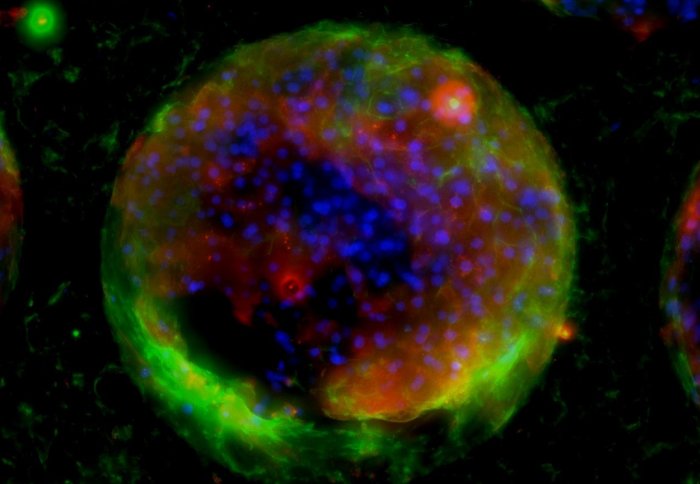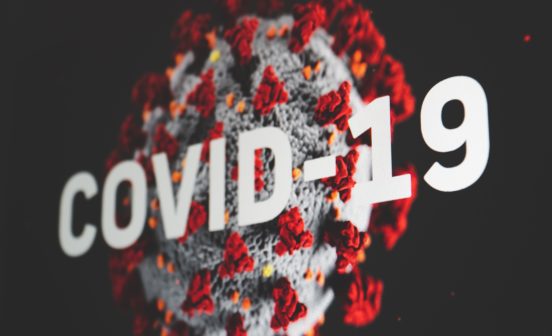DeviceDiagnosticInnovation ‘Organ-on-chip’ testing of hepatitis B virus (HBV) infection

A study by researchers at Imperial College London, and published in Nature Communications, has used ‘organ-on-chip’ technology to show for the first time how the hepatitis B virus (HBV) interacts with artificial human organs.
Globally, more than 240 million people are infected with HBV, a condition which is currently incurable, and linked to the development of liver cirrhosis and hepatocellular carcinoma. Understanding the pathogenesis of HBV infection is crucial in order to develop new treatments, but this has so far been hampered by a lack of suitable model systems to test potential therapies.
In this study, led by Dr Marcus Dorner, and supported by the NIHR Imperial BRC, Wellcome Trust and the European Research Council, the researchers used an artificial liver to test its response to HBV infection. They showed that it could be infected with the virus at levels similar to humans, and had similar biological responses to infection. Speaking about the potential implications of this study, Dr Dorner said: ‘This is the first time that organ-on-a-chip technology has been used to test viral infections. Our work represents the next frontier in the use of this technology. We hope it will ultimately drive down the cost and time associated with clinical trials, which will benefit patients in the long run.’
You can read the full story here.





